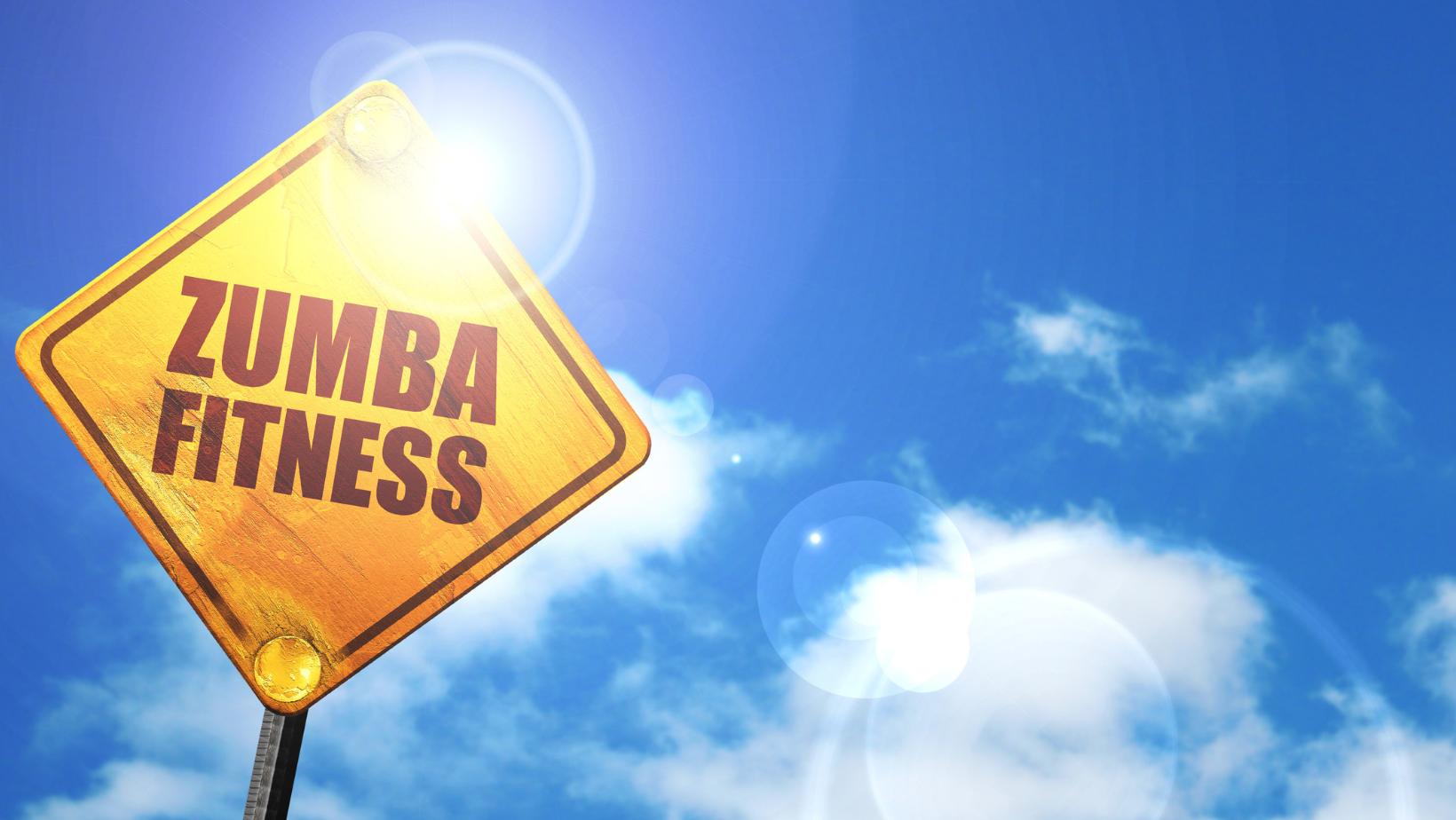Why Zumba Is An Insanely Good Exercise
Since the beginning, Zumba has pitched itself as more of a party than a workout. Some research suggests it may in fact be the very best workout for people who hate to exercise. Here are some additional reasons to consider Zumba as your new favorite workout!

How Zumba Works
Zumba is a dance-based workout program that combines Latin and international music with aerobic exercise. Participants follow along with the instructor, who leads them through a series of dance moves that are designed to get the heart rate up and burn calories. It is usually performed in a group setting, and is typically offered at gyms, community centers, and fitness studios.
Zumba is often referred to as “workout in disguise” because it combines physical exercise with a fun and energetic dance party atmosphere. This makes it appealing to people who might not normally enjoy traditional exercise, as the focus is on having a good time rather than just working out. The music and rhythm of the dance moves keep participants engaged and motivated so that they don’t even realize they’re getting a full-body workout. Additionally, the social aspect of Zumba, with the opportunity to dance and socialize with others in a group setting, can make it feel more like a fun activity rather than a chore.
Overall, Zumba is an effective and enjoyable way to get fit and improve physical and mental health, making it a workout in disguise.
Physical And Mental Benefits Of Zumba
Zumba has several physical and mental health benefits, including:
- Caloric expenditure: On average, a person can burn between 500-1000 calories during a one-hour Zumba session.
- Cardiovascular improvement: Zumba has been shown to improve heart health and increase endurance, with participants reporting lower resting heart rates after just 8 weeks of regular participation.
- Weight loss: In a 12-week study, participants who did Zumba three times a week lost an average of 4.5 pounds, while those who did traditional aerobic exercise lost an average of 3.5 pounds.
- Improved mental health: Zumba has been shown to reduce symptoms of depression and anxiety, with participants reporting improved mood and reduced stress levels after just 8 weeks of regular participation.
- Increased muscle tone: The dance moves in Zumba can help tone and strengthen muscles, especially in the legs, arms, and core, with participants reporting improved muscle definition after just 8-12 weeks of regular participation.
- Improved flexibility: The dynamic movements in Zumba can increase flexibility and range of motion, reducing the risk of injury and improving overall body control.
** Note: These statistics vary based on factors such as the frequency and intensity of Zumba sessions, as well as individual differences such as age, fitness level, and overall health.
Additional Benefits Of Zumba
In addition to the physical and mental health benefits mentioned earlier, here are some additional benefits of doing Zumba:
- Cultural exposure: Zumba incorporates music and dance styles from a variety of cultures, giving participants a chance to experience and appreciate different forms of artistic expression.
- Improved coordination and rhythm: Zumba requires coordination between the arms, legs, and core, which can help improve overall body control and rhythm.
- Increased self-confidence: By learning new dance moves and participating in a supportive group setting, Zumba can help increase self-confidence and body positivity.
- A fun and energetic workout: Zumba provides a fun and energetic workout that can help break up the monotony of traditional exercise routines and keep participants motivated.
- Good for all levels: Zumba can be adapted to various fitness levels, making it accessible to people of all ages and abilities.
- A full-body workout: Zumba incorporates moves that work out multiple muscle groups, providing a full-body workout that can improve overall fitness and health.
- Improved social skills: The social aspect of Zumba can provide an opportunity to meet new people, form new relationships, and improve social skills.
Types of Zumba classes
-
- Zumba Fitness: This is the original and most popular form of Zumba, a high-energy workout that combines Latin and international music with dance moves.
- Zumba Gold: A lower-impact version of Zumba Fitness, designed for older adults or those with limited mobility.
- Zumba Toning: A strength-training workout that incorporates toning sticks to target specific muscle groups.
- Aqua Zumba: A water-based version of Zumba, performed in a pool to provide resistance and improve cardiovascular fitness.
- Zumba Kids: A dance-fitness class for children, with age-appropriate music and moves.
- Zumba Sentao: A chair-based workout that combines resistance training and cardio for a full-body workout.
- Zumba Step: A workout that incorporates step aerobics with Zumba dance moves.
- Zumba in the Circuit: A circuit-style workout that incorporates strength training and cardio stations with Zumba dance breaks.
Conclusion
In conclusion, Zumba is a fun, energetic, and effective way to improve physical and mental health. It’s important to note that individual results may vary depending on factors such as frequency and intensity of Zumba sessions, as well as overall health and fitness level. As with any form of exercise, it’s always recommended to consult with a doctor before starting a new fitness program, and to do your own research to make sure Zumba is right for you.
References
- WHAT ARE THE BENEFITS OF ZUMBA®? (2023): https://www.zumba.com/en-US/benefits-of-zumba
- Zumba: What It Is, Health Benefits, and How to Get Started (2023): https://www.everydayhealth.com/fitness/zumba-what-it-is-health-benefits-and-getting-started/
- Types of Zumba Classes (2023): https://www.afcfitness.com/blog/types-of-zumba-classes/